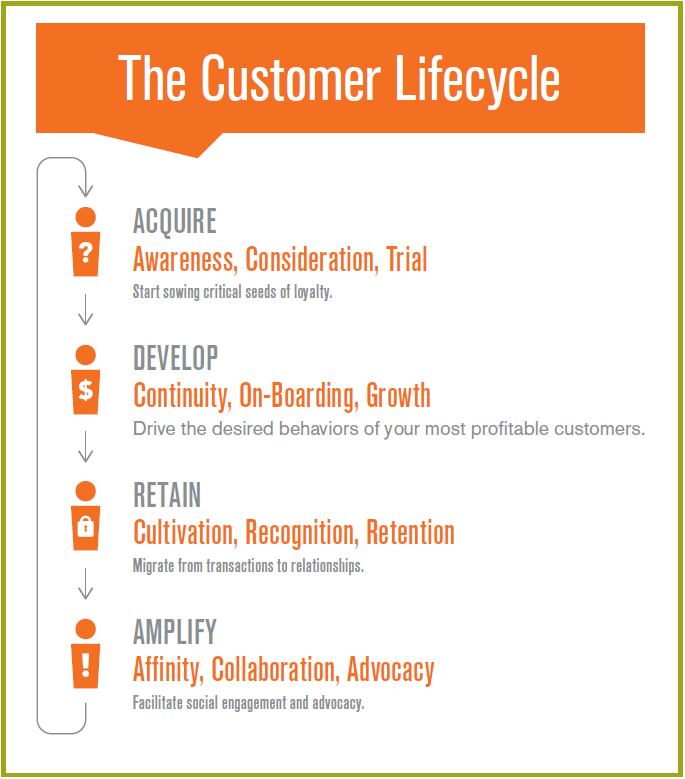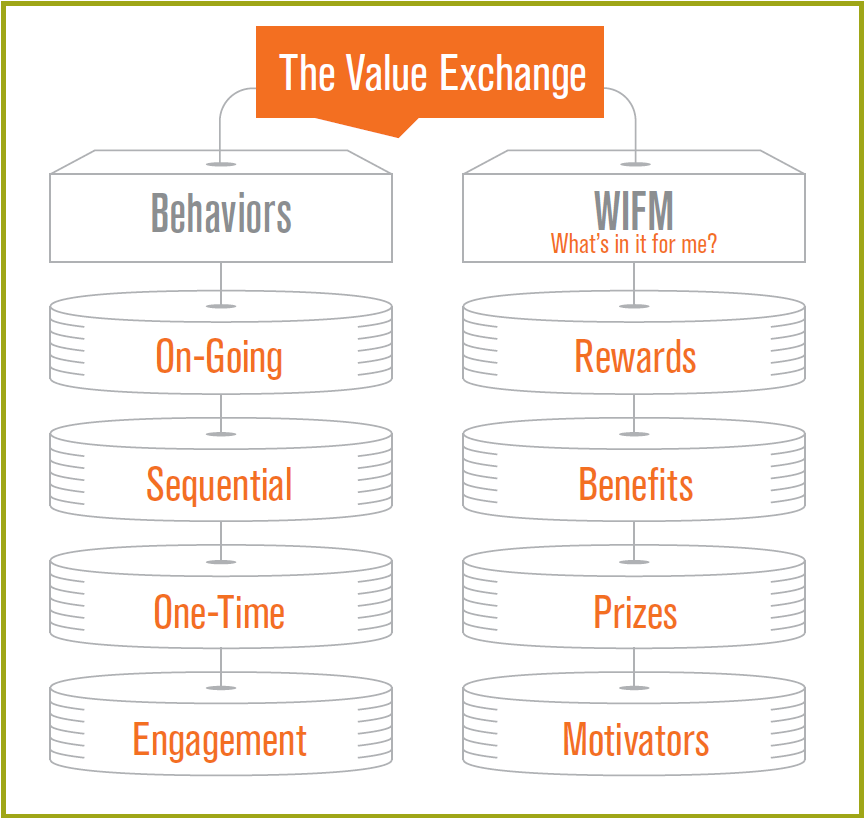The one thing every customer loyalty program needs
Written by: Mark Pearson, Vice President, Loyalty Marketing, BI WORLDWIDE
(View Author Bio)
Many loyalty programs are not delivering results and are actually contributing to loyalty fatigue for customers. So what's the one thing you can do to make sure your program is successful? Create an equitable value exchange.
Scroll Down
The current customer loyalty environment is challenging but ripe with opportunity. On one hand, many poorly designed programs are not delivering desired results and are driving loyalty fatigue, focused on enrollment versus engagement, transactions versus relationships and mercenary loyalty versus true loyalty. On the other hand, truly loyal customers are increasingly a key driver of profitability and successful loyalty marketing programs are one of the best marketing investments companies can make.
The key to designing a successful customer loyalty program is creating an equitable value exchange.
This is a win/win scenario where both the program sponsor and the customer get the value they expect from the program. The program sponsor wins if the program drives the behaviors and engagement tied to their loyalty objectives. The customer wins if the program provides the rewards and motivators they expect for participating, which may sound obvious but most programs don’t measure up.
An equitable value exchange is critical because of the behavioral economic theory of idiosyncratic fit – customers base their degree of engagement on an assessment of the reward relative to the effort required. If the rewards of participating in your loyalty program are not at least commensurate with the effort required, the program won’t succeed.
So, how do you design a customer loyalty program that delivers an equitable value exchange?
1. Rename customer loyalty to customer lifecycle.
The best place to start is with a strategic approach that reframes loyalty as customer lifecycle optimization. Loyalty is tough to define because it is a goal or desired state and it differs by industry, brand, audience and situation. But if you change the conversation from loyalty to lifecycle, you establish a solid framework for program design. Where loyalty is nebulous, lifecycle is tangible. And where loyalty is the destination or goal, lifecycle is the journey or the path to reach that goal.

Think of your desired customer experience. With the customer lifecycle as your framework, identify and prioritize the critical touchpoints and behaviors tied to optimizing your unique version of the lifecycle. Then build out your program to optimize engagement at those critical points and drive the desired behaviors tied to loyalty. The more specific you can get, the better your program will be.
2. Determine the value or benefit of each behavior and touchpoint across your customer lifecycle.
We recommend categorizing behaviors by frequency to facilitate building out a comprehensive ROI assessment:
- One-time behaviors: These are key behaviors usually tied to profitability or lifecycle progression. Examples include contract activation, extension or renewal, profile completion, setting up a recurring order or engagement, channel migration and optimization and online billing or auto pay.
- Sequential behaviors: These are series of behaviors designed to mirror your best customers including onboarding and trial across product categories and service offerings.
- Ongoing behaviors: These are traditionally the transactional behaviors associated with habitually purchasing a product or service, ideally at or above a target frequency and purchase size.
- Engagement behaviors: These are behaviors tied to developing and nurturing a relationship beyond transactions. Examples include omni-channel opt-in and activation, consumption of content and communications and social engagement.
Ideally, the value for any given behavior or group of behaviors will be quantitative to support building out an ROI for the program. However, the benefit of some behaviors will be qualitative only and indirectly tied to ROI.
3. Shift focus and assess your program and the behaviors from your customer’s perspective.
This final step is critical and often neglected or skipped. Start by identifying the effort required to complete each behavior and then determine the reward or motivator necessary to drive the behavior. In some cases, the effort for a behavior can be quantified in terms of time or money and monetization of the effort in a reward is relatively straightforward. Transactional behaviors fit into this category.
However, in many cases, effort is subjectively measured and difficult to monetize or quantify. Downloading an app, allowing access to your personal data or opting in to ongoing communications are examples of behaviors that require minimal effort up front but represent a significant commitment that needs to be compensated for in the reward equation.
Your goal in this step is to create an equitable value exchange at both the individual behavior level and overall program level. Where possible, the value of each behavior needs to be higher than the cost of the reward or motivator necessary to drive the behavior. But more important, the value of the overall program needs to be higher than the cost of the rewards required to drive the necessary engagement tied to loyalty.

Most likely, you will not be able to achieve an equitable value exchange for every behavior at the individual level. But there will also be behaviors with a higher than required value exchange and you can leverage the excess value to compensate for the behaviors where the value exchange is not in balance.
All too often the root cause of a mediocre or failed customer loyalty program is tied to the lack of an equitable value exchange. Successful programs don’t just repurpose an old tactical model or copy the competition – they are unique and create differentiation in the marketplace. And an equitable value exchange is foundational to creating that differentiation.
Create a successful loyalty program today.


















